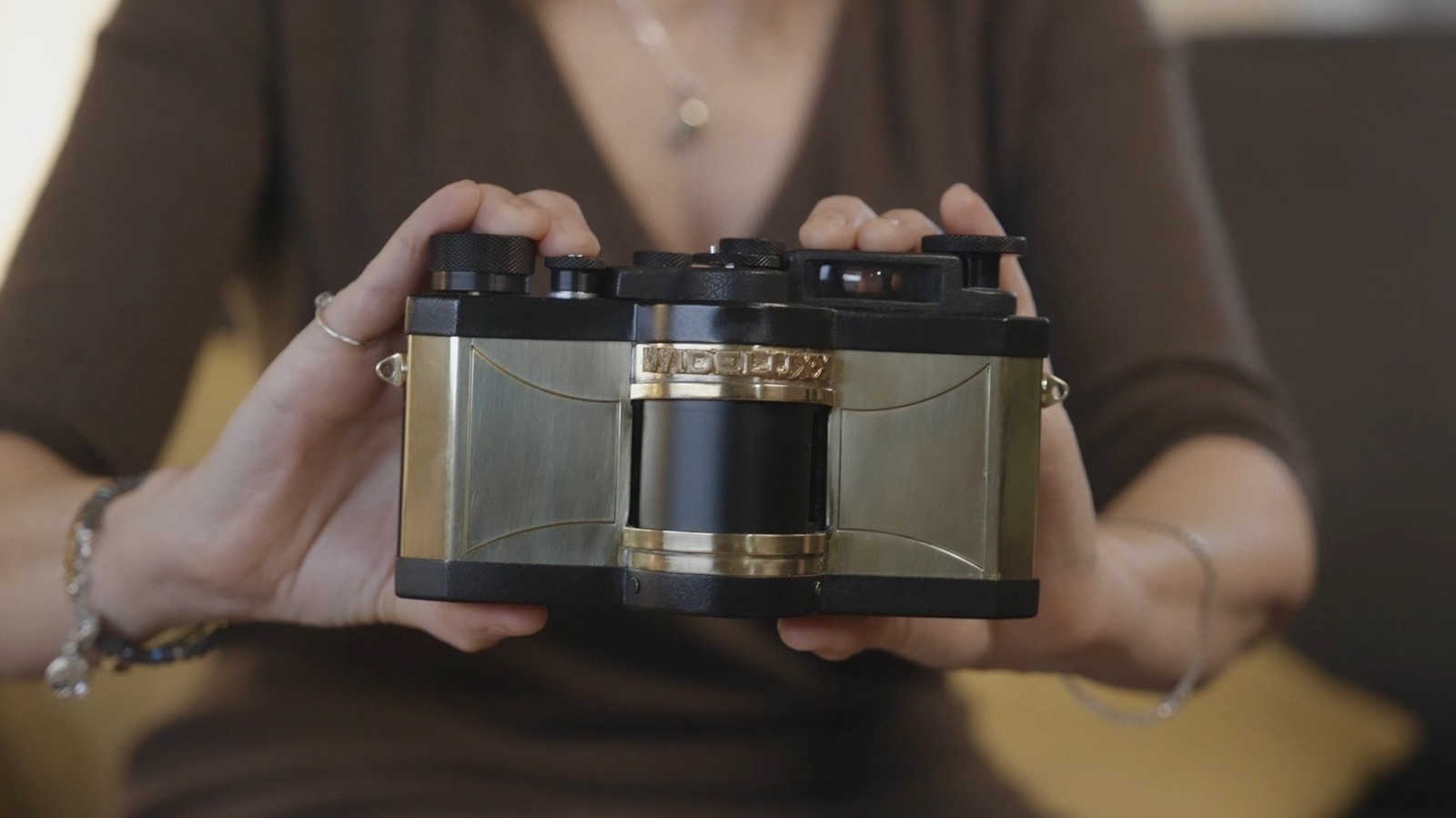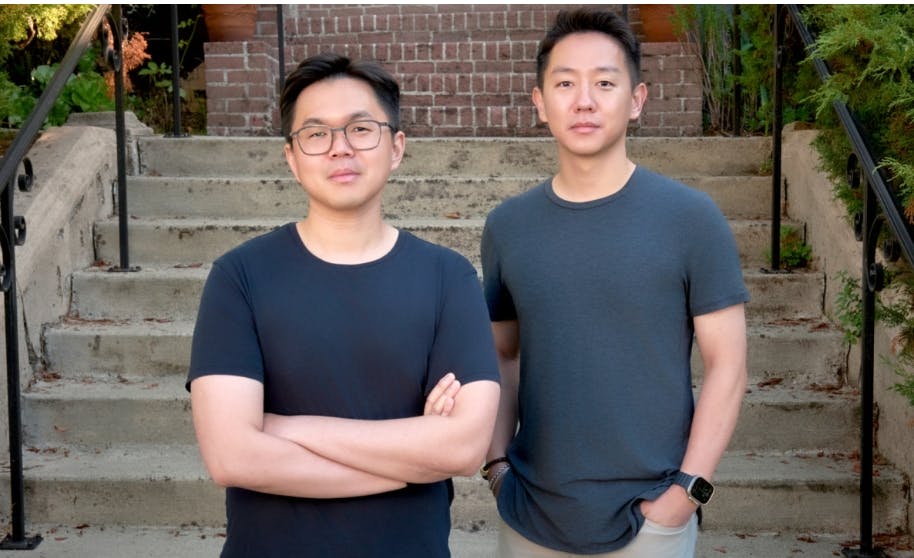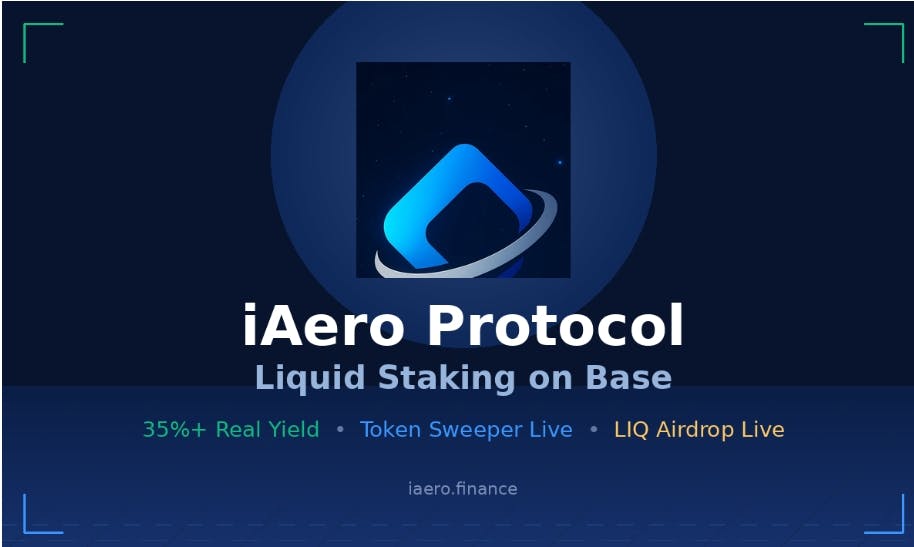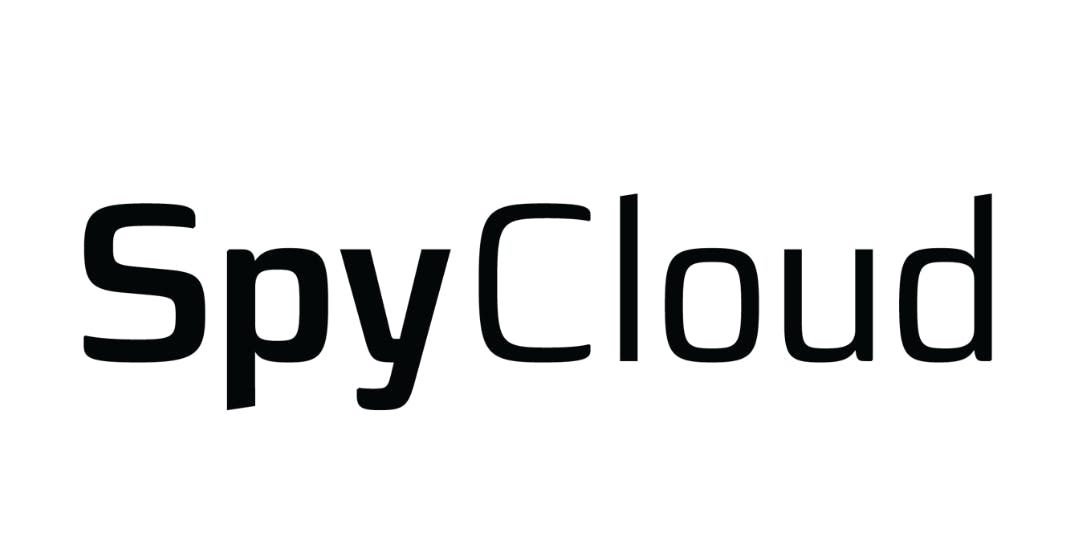Ten years after Glowforge was founded in Seattle, the startup’s longtime leaders are rebooting the laser-engraver business.
Following months of turmoil involving multiple rounds of layoffs, a failed funding round, and the closure of a Seattle manufacturing facility, Glowforge has undergone a restructuring through an Assignment for the Benefit of Creditors, a state-level process that’s an alternative to bankruptcy.
Co-founder and CEO Dan Shapiro told GeekWire that the company — which had raised $183 million from investors — arrived at this moment “after spending a painful nine months looking at every possible option for the business.”
But it’s not the end for the maker of a line of desktop 3D laser cutters/engravers that took the home crafting world by storm back in 2015.
Shapiro said he and co-founder Mark Gosselin, the startup’s CTO, negotiated with the entity that was assigned Glowforge’s assets — which was otherwise ready to liquidate the company — to acquire the trademark and brand, the hardware platform, software, and rights to manufacture more machines in Seattle.
“The board of directors ran a sales process led by an independent third party,” Shapiro said. “When there weren’t any bidders, Mark and I put in a bid from our own savings.”
He said the company makes enough money out of the gate to support a team of about 20 former Glowforge employees, and that he and Gosselin plan to “get back to basics,” improving hardware and software and serving customers.
A difficult few years

Shapiro said Glowforge was “weeks away from going public” in 2022 before it was derailed by what he called “a collapse in the crafting market” that took out key strategic partners like JOANN, which filed for bankruptcy in 2024.
While he credits millions in capital and a growing staff for enabling the startup to do things “we never dreamed of,” Shapiro said it’s been a three-year struggle to keep serving customers.
“The need to scale at all costs, to optimize for the next funding round, to hit growth metrics that justified ever-higher valuations … it pulled us away from what mattered,” he said.
In early 2025, Glowforge moved assembly of its highest-end machines from Mexico back to the U.S. and Seattle with the opening of a production facility in its SoDo headquarters space. The work employed 15 people, and Shapiro said at the time Glowforge employed just over 90 full-time and contract employees.
But following layoffs in August that impacted multiple teams, the production facility was shuttered in September in the wake of more layoffs.
“I’m not going to pretend this year was anything but brutal,” Shapiro said. “Layoffs are painful. Restructuring is messy. And there are people who believed in the original company who are understandably disappointed.”
Create ‘almost anything’

Shapiro founded Glowforge in 2015 with fellow startup veterans Gosselin (founder and former CTO of Cequint) and Tony Wright (founder of RescueTime, Jobby and CubeDuel), who left the company in 2017. Shapiro previously sold the startup Sparkbuy to Google, and he created Robot Turtles, a coding board game for kids that was one of the most successful campaigns ever on Kickstarter.
Glowforge’s machines let people use raw materials including leather, paper, plastic, fabric, or cardboard to intricately cut and engrave products with the push of a button.
Via its cloud-based software users can design and develop creations from a web browser on a computer, tablet, or phone. You can create “almost anything” with Glowforge, Shapiro previously said, including jewelry, decorative items, smartphone engravings, wallets, toys, and more.
Glowforge backers included Brad Feld’s Foundry Group and True Ventures, which led the company’s $9 million Series A round in May 2015. MakerBot co-founder Bre Pettis, former MakerBot CEO Jenny Lawton, Wetpaint founder Ben Elowitz, KISSmetrics founder Hiten Shah, and former Swype CEO Mike McSherry are among other investors.
The company set a crowdfunding record in October 2015 with a 30-day campaign that generated $27.9 million in sales.
“Mark and I started this because we believed something simple: everyone should be able to make beautiful things,” Shapiro said this week. “Not just people with engineering degrees or expensive workshops, but everyone. And we created a desktop laser market that nobody had even imagined could exist.”
In August 2016, the company raised $22 million, but it was dealing with shipping delays that stretched into 2017 and caused mounting customer frustration and order cancellations. In 2018, the company raised another $10 million, and $43 million more in 2022.
Glowforge initially focused on direct-to-consumer and later partnered with large craft retailers such as JOANN and Michaels. The company also expanded to serve schools and universities in 2021.
The startup eventually sold two higher-end machines including the Glowforge Plus ($4,995) and Glowforge Pro ($6,995). In 2023 it released the $1,200 Aura and in 2024 the $699 Spark in an attempt to attract a wider audience of consumers.
New focus

Eternally optimistic throughout Glowforge’s years of ups and downs, Shapiro exhibits that same characteristic in the face of starting over.
He called it a “rebirth” and a return to the vision that he and Gosselin had in 2015, with a team “that’s here for the mission, not the vanity metrics” and to serve customers “rather than optimizing for investor presentations.”
“The cost of being a growth-first company is massive, and not always obvious,” Shapiro said. “When we stripped the business to its essentials, we could see what we actually needed to serve our customers.”
The same hardware and software products will be offered, and Shapiro said improvements are coming. New features are also being launched now and next week, including: Box Builder, which uses generative AI to let users describe a custom box in plain English before Glowforge creates the design; and Snapmarks, in which users can print anything on a regular inkjet printer (stickers, iron ons) and load it into a Glowforge laser for cutting.
Shapiro also said they plan to continue the manufacturing formula they previously developed to build machines in Seattle.
He called the new Glowforge a great business from day one — “awesome product, amazing customers, and profitable,” adding that the startup is now “simpler, more focused, and more committed to the long haul. And Mark and I are all in.”










